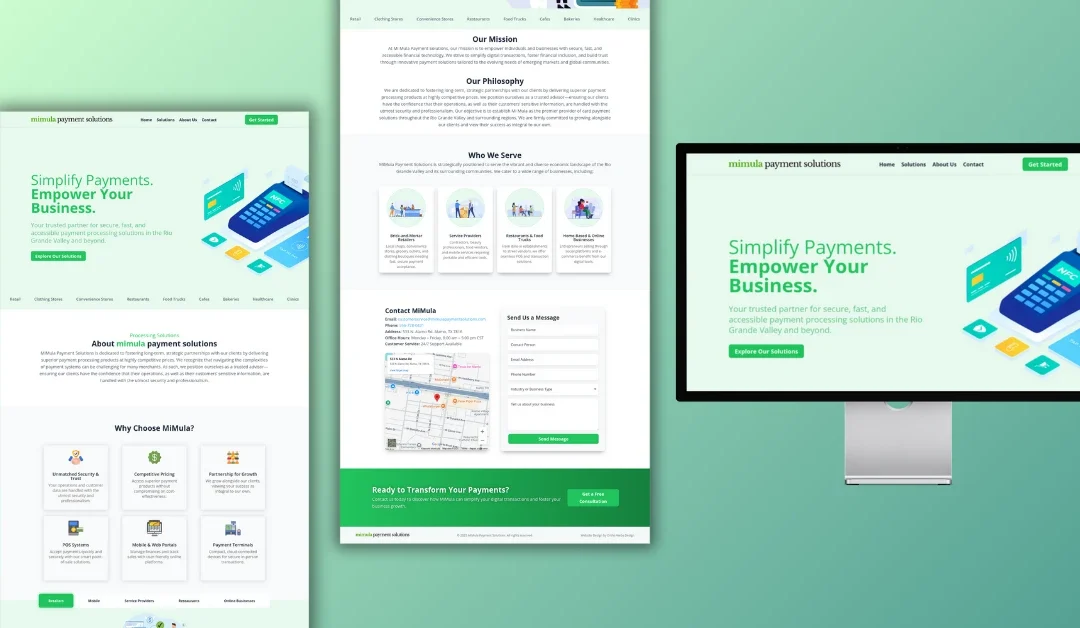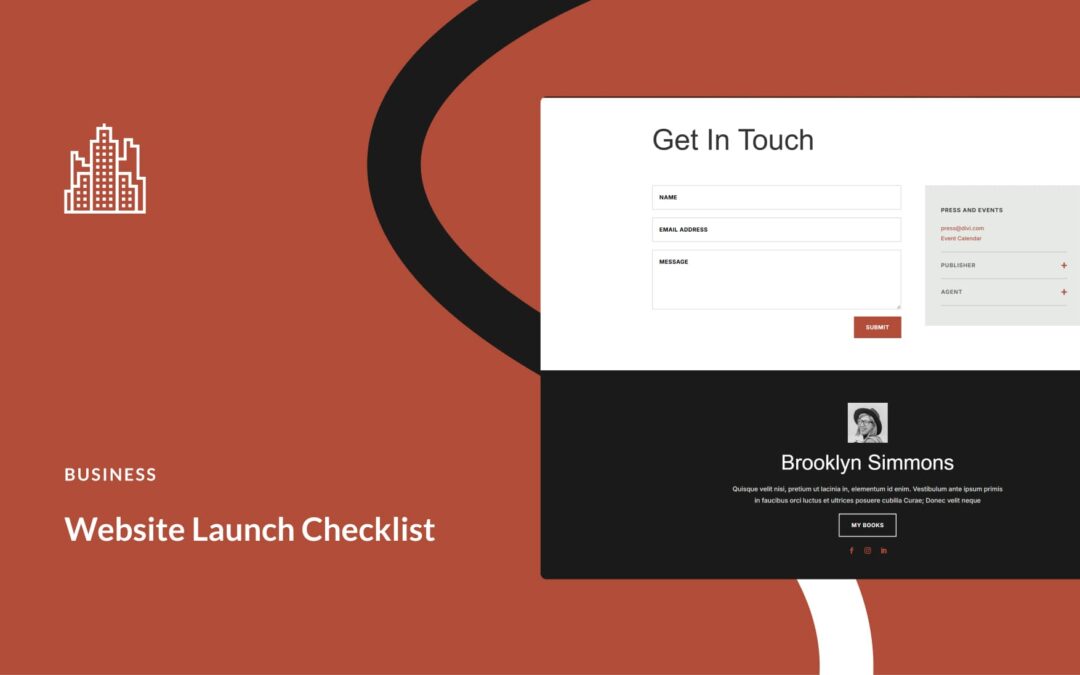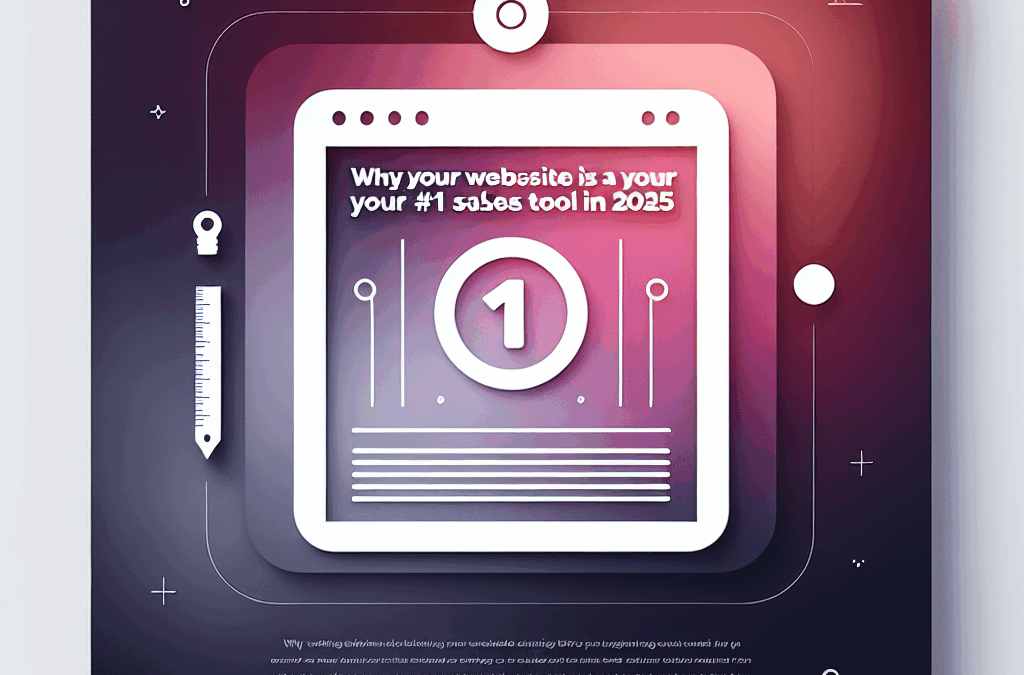Understanding Brand Portfolios: Your Guide to Building a Family of Brands
Ever felt like your marketing strategy is missing that family touch? You know, like when your abuela’s secret recipe keeps everyone at the Thanksgiving table? Just as every family has siblings, cousins, and the occasional quirky uncle at the dinner table, brands do too—but their connections run a little deeper. Picture this: brands are like family members within a larger company, and they all have their roles to play.
Today, let’s dive into what a brand portfolio is all about, the different types of brands that make it up, and how you can leverage this knowledge for your business right here in South Texas.
What’s a Brand Portfolio, Anyway?
Think of a brand portfolio as the family tree of a company. Each brand falls under the umbrella of a larger firm, serving different markets and customer needs—much like your relatives all have their own quirks and specialties. Understanding how these brands interact can help boost your business strategy.
Imagine you own a popular fast-food restaurant in McAllen. Your flagship brand might be serving up some tasty, budget-friendly meals. But what if you notice that more and more customers are choosing healthier options? You’ve built a strong identity around affordable, not-so-healthy food. If you try adding kale salads to the menu, you might turn off loyal customers who just want a quick taco or burger.
In this scenario, creating a new brand focused on health food could breathe new life into your offerings and let you explore a new customer base, all while neatly fitting within your brand portfolio.
The Four Main Roles in a Brand Portfolio
Just like in any family, each brand has its role. Here are the four main types you should know:
1. Flanker Brands
A flanker brand is like that cousin who brings a different dish to the family potluck—similar yet distinct enough to attract different tastes. For instance, if you own a local bakery, you might create a line of gluten-free pastries alongside your traditional offerings. This allows you to capture new customers while keeping your loyal followers happy.
2. Cash Cow Brands
These brands are the reliable, older siblings—steady and dependable. They’ve reached maturity and provide consistent revenue with minimal investment. Think of your best-selling items; they’re often what keeps the lights on while you experiment with new flavors or designs.
3. Low-End Entry-Level Brands
These are your affordable options—like the snacks at a family BBQ that lure in the younger cousins. Think of them as your introductory offers designed to attract new customers who might later explore your higher-end options once they’ve tried what you’ve got.
4. High-End Prestige Brands
These brands are your family’s shining stars—the ones that bring prestige and glamour. Think of specialty items that reflect quality and craftsmanship. Much like when your tías show off fancy dishes, these brands can uplift the perception of the entire portfolio, making customers think, “If they create something this good, everything else must be top-notch!”
Real-World Examples
Let’s take a peek at some local and global examples that showcase these brand roles effectively:
- Coca-Cola: Their portfolio is a vast collection of beverages, covering everything from diet options to premium products like Coca-Cola Life.
- Nestlé: Known for a diverse portfolio, they cater to various categories, from chocolates and cereals to pet food. That’s some serious family reunion vibes!
- General Electric: Their unified branding across sectors helps people recognize their commitment to quality—much like knowing what to expect from a family dish.
- Johnson & Johnson: Their focus on healthcare products means that no matter what your needs are, they’ve covered it.
Why This Matters for Local Businesses in South Texas
Understanding and leveraging brand portfolios is crucial for small business owners like you. In a market like McAllen, where competition can be fierce, having a well-defined brand strategy allows you to diversify and reach new customers effectively. You don’t want to miss out on the digital transformation happening all around us, especially when it comes to online sales and marketing.
If your website feels outdated or you’re struggling to keep up with new trends in AI and automation—ni modo! It’s time to level up your online presence. A professional, custom-built website can be your best ally. At Ericks Web Design, we specialize in crafting websites that are not only appealing but tailored to meet your specific marketing goals and sales funnels. We know the Valley and what resonates with our community, ensuring your brand gets the attention it deserves.
Let’s Get to Work!
Are you ready to upgrade your online game and build a brand portfolio that resonates? Whether you need a fresh website, robust SEO, captivating branding, or just some good conversation—hit us up!
Together, we can create something that truly works for your business. Schedule a call with us, and let’s turn those leads into loyal customers. Your online success story starts here!










